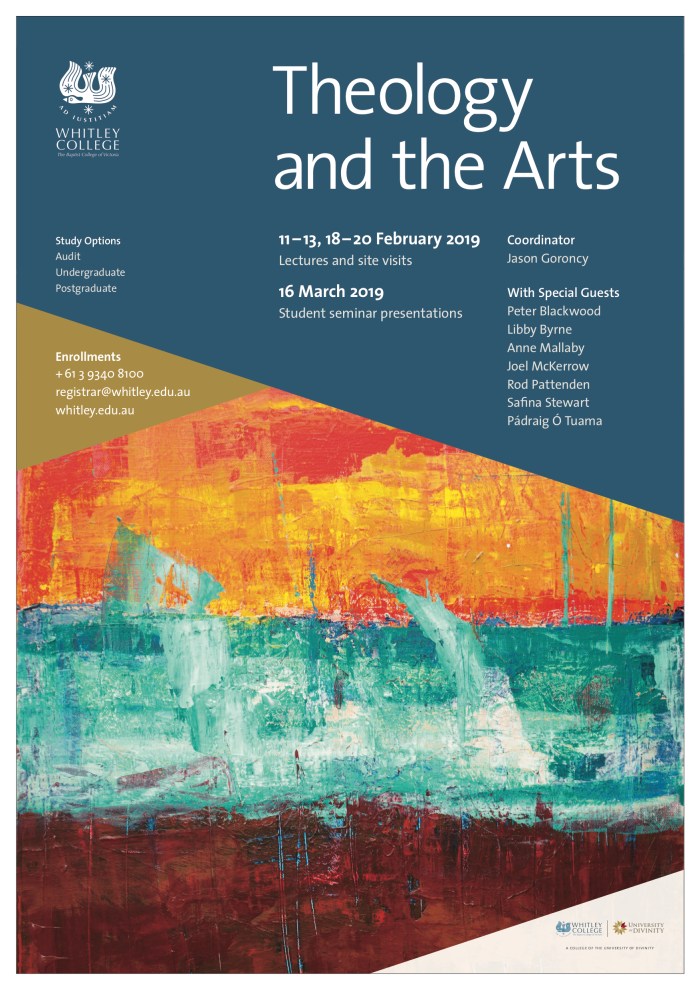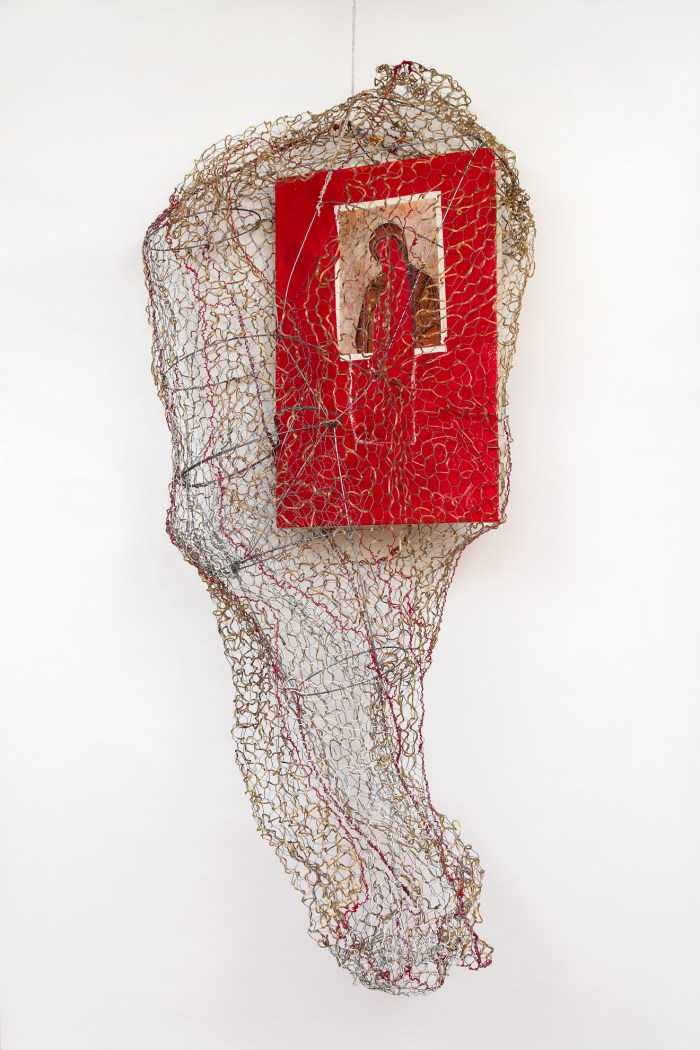When Mary came to our house on Christmas Day she smelled of smoke and found it hard to walk. She had a croaky voice and a deep laugh. Our young children circled shyly around this strange new person as she sat on our loungeroom sofa. Mary kept saying thank you for inviting her and apologized for being emotional when tears came to her eyes.
I had not wanted Mary to come. My husband was her Volunteer Guardian and was resolute about inviting her for lunch before we went off to our big shebang with the extended family. He said living in a Special Accommodation Rooming House was lousy at the best of times, worse on Christmas Day. I did not feel a corresponding sense of grace. I said the children would not cope, I said Christmas was a family day, I claimed it was too complicated. My husband said it was simple – she had nowhere else to go. I got angry, I said I couldn’t bear it. He said it was only for lunchtime and he would do whatever it took – he wasn’t giving in.
We ate on our laps in the loungeroom because Mary couldn’t come to the table. Once I could see the kids were okay I let myself sit near her. I was cautious and curious to be near an adult who would speak with the honesty of a child. There was a strange magnetism about her acute directness; she was straight up. The children stayed close by her and held out their toys to show her. ‘Thankyou for having me,’ she said again. I felt like blushing.
When Mary said ‘I gotta go,’ I showed her to the loo. But still she didn’t stay long. ‘I need a lie down, I have to go back.’ Mary wanted to say goodbye to the kids, ‘Can we come in the car?’ they asked. My husband drove Mary back to her Rooming House in St Kilda. On the way home she asked to stop in at her local Milk Bar – they’d let her borrow two dollars and she wanted to pay it back.
Mary died later that year. She never made fifty. She’d had a life full of hardship and been ripped off and abused in more ways than I could begin to imagine. My husband keeps a framed photo of her – she’s wearing a pink cardigan and smoking. I always think of her at Christmas; Mary, so unlike the Christmas card version of her namesake. She was not young or beautiful, she did not gaze heavenward with her hand on her heart. I think of her as a gravelly voiced angel messenger announcing, ‘Do not be afraid.’
℘℘℘℘







